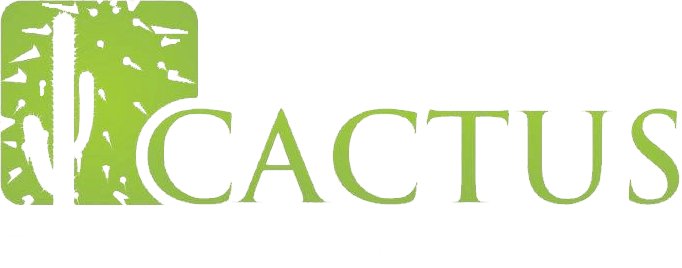
In the 2019/20 tax year, taxpayers paid a record amount of Capital Gains Tax (CGT) to HMRC. If you could face a CGT bill, there are some things you can do to reduce it.
According to Which?, individuals paid £9.9 billion in CGT in 2019/20, up from £9.5 billion in the previous year. CGT is a tax you pay on the profit when you sell an asset that has increased in value; this could include stocks and shares, property, or material goods. The rate of CGT you pay is dependent on your Income Tax band and the asset you’re selling, but it can be as high as 28% when selling residential property that is not your main home. As a result, it can significantly eat into your profits.
If you could be liable for CGT, here are four useful tips that could help you reduce your bill.
1. Make use of your CGT allowance
Each tax year, you have an allowance known as the “annual exempt amount”. This is the amount of profit you can make before any CGT is due.
For the 2021/22 tax year, this allowance is £12,300. Planning the disposal of assets to make full use of this allowance can reduce the amount of tax due. For instance, spreading the sale of assets over several tax years to ensure you don’t exceed the threshold can mean you avoid or reduce how much CGT you need to pay.
The annual exempt amount is frozen at £12,300 until 2026, making efficient tax planning even more important. Inflation means the value of assets is likely to continue rising during this period, so more taxpayers could find they unexpectedly exceed the threshold.
It’s also important to note that the annual exempt amount is £12,300 per individual. So, if you hold assets jointly or transfer assets to your spouse or civil partner, you can effectively double the threshold. However, you cannot carry forward unused annual exemption into a new tax year.
If you’d like to create a strategy that makes use of your CGT annual exempt amount, please get in touch.
2. Maximise your ISA contributions
If you could pay CGT when selling stocks and shares, maximising your ISA allowance makes sense.
Each tax year, you can place up to £20,000 into an ISA. You can hold this money in cash or invest it. If you choose to invest, the money can grow free from Income Tax and CGT, making ISAs an efficient way to invest. Again, the ISA allowance is per individual. So, as a couple, you could add up to £40,000 each tax year to ISAs between you.
You cannot carry forward unused ISA allowance – if you don’t make use of it, you lose it.
3. Offset your losses
If you’ve made a loss when selling some assets, you can offset these against a CGT bill. Losses that you wish to offset must occur in the same year as the gains. You will also need to register losses with HMRC. Offsetting losses can help you balance your gains and reduce a tax bill. However, it can be complex and it’s important the right procedures are followed.
4. Reduce your Income Tax levels
As the rate of CGT is linked to your Income Tax band, reducing your taxable allowance can mean you pay a reduced amount of CGT overall. There are several ways to do this, including making pre-tax contributions to your pension and making donations to a charity. This could help you save for a more comfortable retirement or have a positive impact on a good cause.
The above list isn’t an exhaustive way to reduce CGT. Depending on your circumstances, there may be other steps you can take too. If you’re worried about a CGT bill and would like to learn more about how you could reduce the cost, please contact us to create a bespoke plan to mitigate your tax liability.
Please note: This blog is for general information only and does not constitute advice. The information is aimed at retail clients only.
The Financial Conduct Authority does not regulate tax advice. Levels, bases of and reliefs from taxation may be subject to change and their value depends on the individual circumstances of the investor. Tax rates described are correct as of the 2021/2022 tax years
